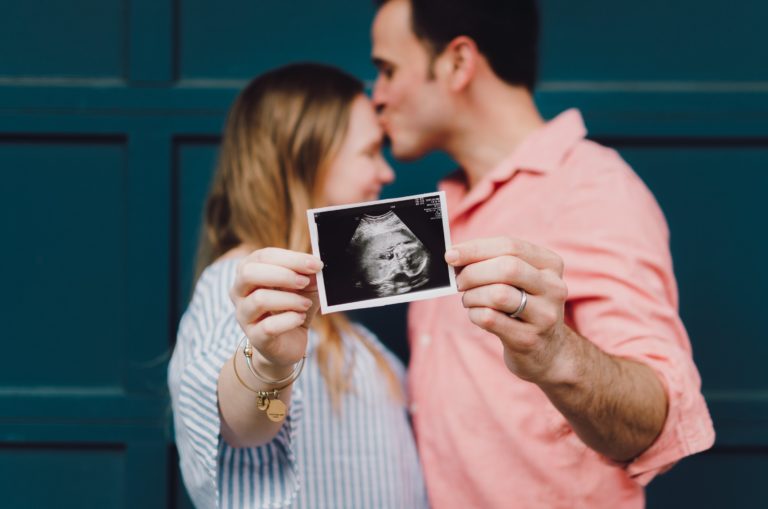
Preterm birth is defined as “babies born alive before 37 weeks of pregnancy completed”. Every year, about 15 million babies are born prematurely worldwide and 1 in 10 families around the world are affected by the birth of preterm babies. More than 1 million of children born prematurely die as a result of prematurity complications. It is classified as the leading cause of deaths in newborn infants (babies in the first month of life) and the second leading cause of death after pneumonia in under-5 children (1). Most preterm births occur spontaneously. The cause of spontaneous preterm birth is often unknown, but the most common causes include multiple pregnancies, complication of pregnancy (diabetes, high blood pressure) and intrauterine infection. Other environmental factors, such as the state of the microbiome, are among the most contributors to preterm birth. Inflammation induced by microbes resulting from urinary tract infection, sexually transmitted diseases is thought to increase the risk of preterm birth (2).
Keywords: microbiome, vaginal microbiome, preterm birth, premature, Lactobacillus
References:


This website and the information it contains is not intended as a substitute for professional consultation with a qualified practitioner.
© MothersBabies Ltd. View our Terms of Use & Privacy Policy
Search MothersBabies
Looking for something in particular? Find it here using our search query function. Simply type in your keyword and click the icon.
Recent Articles
Join Us